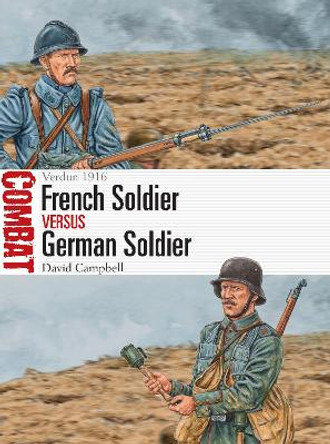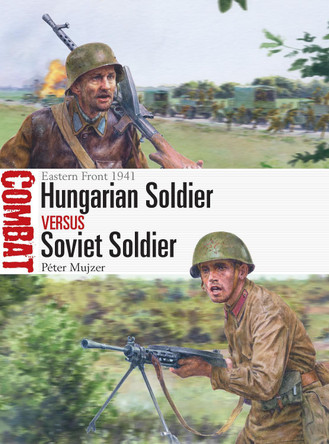In a bid to recapture territory conceded following the Winter War of 1939-40, Finnish forces cooperated with Nazi Germany and other Axis powers during the invasion of the Soviet Union in June 1941. Rapid Finnish progress in reoccupying lost ground in Karelia during the first few months of the invasion gave way to a more static form of warfare from October 1941. The Finns resisted German pressure to participate fully in the Axis attack on the beleaguered Soviet-held city of Leningrad, and the Continuation War came to be characterized by trench warfare and unconventional operations conducted by both sides behind the front lines. In June 1944 the stalemate was abruptly ended by a massive Soviet offensive that pushed the Finns back; the two sides clashed in a series of major battles, including the battle of Tali-Ihantala, with the Finns halting the Soviet advance before agreeing to an armistice that September. The evolving military situation in this sector of the Eastern Front meant that the soldiers of the Soviet Union and Finland fought one another in a variety of challenging settings, prompting both sides to innovate as new technologies reached the front line. In this study, the doctrine, training, equipment and organization of both sides' fighting men are assessed and compared, followed by a detailed assessment of their combat records in three key battles of the Continuation War.
In June 1941, Finnish troops invaded the Soviet Union alongside the forces of Nazi Germany, sparking a bitter three-year conflict. This absorbing study examines the composition, tactics and training of both sides.About the AuthorDavid Campbell has worked as a freelance new media producer and content specialist for many years, including roles at IBM, the BBC, various internet consultancies and the civil service. He has a broad range of interests in literature and history, including the Middle Ages, the Napoleonic era, naval warfare and the genesis of the 'Military Revolution'. He lives in Hampshire, UK. Johnny Shumate works as a freelance illustrator living in Nashville, Tennessee. He began his career in 1987 after graduating from Austin Peay State University. Most of his work is rendered in Adobe Photoshop using a Cintiq monitor. His greatest influences are Angus McBride, Don Troiani and Edouard Detaille.
Book InformationISBN 9781472838308
Author Mr David CampbellFormat Paperback
Page Count 80
Imprint Osprey PublishingPublisher Bloomsbury Publishing PLC
Weight(grams) 266g








